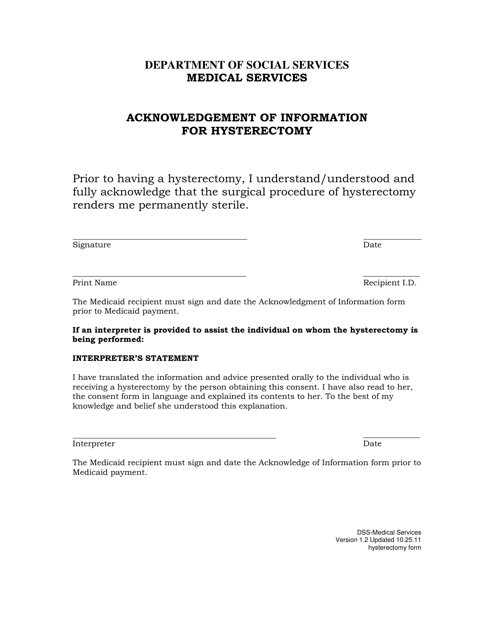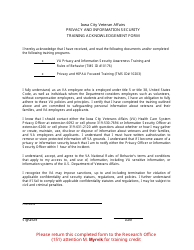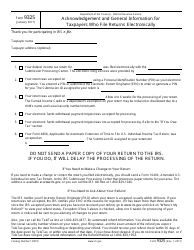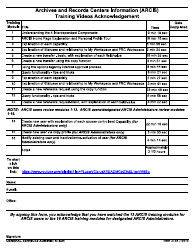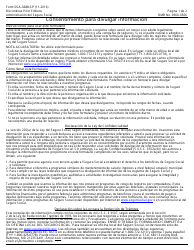Acknowledgement of Information for Hysterectomy - South Dakota
Acknowledgement of Information for Hysterectomy is a legal document that was released by the South Dakota Department of Social Services - a government authority operating within South Dakota.
FAQ
Q: What is a hysterectomy?
A: A hysterectomy is a surgical procedure to remove the uterus.
Q: Why is a hysterectomy performed?
A: A hysterectomy may be performed for various reasons, including treating conditions such as uterine fibroids, endometriosis, pelvic pain, or cancer.
Q: Are there different types of hysterectomy?
A: Yes, there are different types of hysterectomy, including total hysterectomy (removing the uterus and cervix) and partial hysterectomy (removing only the uterus).
Q: What are the potential risks and complications of a hysterectomy?
A: Potential risks and complications of a hysterectomy include bleeding, infection, injury to nearby organs, and long-term effects such as hormonal changes.
Q: How long is the recovery period after a hysterectomy?
A: The recovery period after a hysterectomy can vary, but typically it takes several weeks to fully recover.
Q: Will I still be able to have children after a hysterectomy?
A: No, a hysterectomy removes the uterus, which means you will not be able to get pregnant.
Q: Are there alternatives to a hysterectomy?
A: Depending on your specific condition, there may be alternative treatments available. It is best to discuss your options with a healthcare provider.
Q: Will a hysterectomy affect my hormone levels?
A: If the ovaries are also removed during the hysterectomy, it can result in hormonal changes. Otherwise, hormone levels should remain unchanged.
Q: How long will I need to stay in the hospital after a hysterectomy?
A: The length of hospital stay after a hysterectomy varies, but it is usually a few days.
Q: Will I experience menopause symptoms after a hysterectomy?
A: If the ovaries are removed during the hysterectomy, you may experience menopause symptoms. If the ovaries are left intact, menopause will occur naturally at a later time.
Form Details:
- Released on October 25, 2011;
- The latest edition currently provided by the South Dakota Department of Social Services;
- Ready to use and print;
- Easy to customize;
- Compatible with most PDF-viewing applications;
- Fill out the form in our online filing application.
Download a printable version of the form by clicking the link below or browse more documents and templates provided by the South Dakota Department of Social Services.
